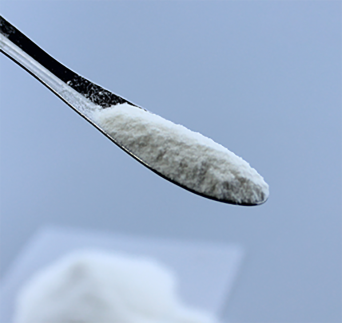
Dez . 10, 2024 01:53 Back to list
Applications and Benefits of Hydroxypropyl Methylcellulose in Various Industries
Hydroxypropyl Methylcellulose Uses and Applications
Hydroxypropyl methylcellulose (HPMC) is a versatile cellulose ether widely used in various industries due to its unique properties. This semi-synthetic polymer is derived from natural cellulose and modified to enhance its functionality. HPMC is soluble in cold water, forming a viscous gel, and it finds applications in food, pharmaceuticals, construction, cosmetics, and more.
One of the primary uses of HPMC is in the food industry. It acts as a thickening agent, stabilizer, and emulsifier in a variety of food products, such as sauces, ice creams, and dressings. By improving texture and consistency, HPMC helps prevent ingredient separation, ensuring a uniform product. Its ability to retain moisture also makes it an excellent additive in baked goods, contributing to softness and prolonged shelf life. Moreover, HPMC is often employed in gluten-free formulations, providing elasticity and structure to products that lack traditional wheat flour.
Hydroxypropyl Methylcellulose Uses and Applications
The construction industry also benefits significantly from the use of HPMC. It is commonly incorporated into cement-based products, such as tile adhesives, joint compounds, and plaster. HPMC enhances workability, providing better adhesion and improving the ease of application. Its water-retention properties are vital in preventing premature drying of cement mixes, allowing for adequate curing and strength development. Furthermore, HPMC can enhance the flexibility and durability of finished products, making them more resistant to cracking and weathering.
hydroxypropyl methylcellulose use

In cosmetics and personal care products, HPMC is valued for its thickening properties and ability to enhance the texture of formulations. It is used in a range of products, including lotions, creams, gels, and shampoos. By providing a smooth and pleasing texture, HPMC enhances user experience and product performance. Its ability to form a film on the skin or hair adds additional benefits, such as moisture retention and improved product adhesion.
Moreover, HPMC is increasingly recognized for its applications in the area of personal health and hygiene. In recent years, it has been used in the formulation of certain cosmetic products that promote skin health, as well as in products that support wound healing. Its compatibility with a wide range of active ingredients allows formulators to create effective products that cater to different skin types and conditions.
HPMC is also gaining popularity in the field of sustainable products. Given its plant-based origin, it is considered a renewable resource, making it an attractive alternative in formulations seeking to minimize environmental impact. The growing trend towards eco-friendly products has prompted many manufacturers to explore the use of HPMC as a natural thickening agent and stabilizer, contributing to the development of greener formulations.
In conclusion, hydroxypropyl methylcellulose is a multifaceted polymer with a broad range of applications across various industries. Its effectiveness as a thickening agent, emulsifier, and binder makes it invaluable in food, pharmaceuticals, construction, and cosmetics. As industries continue to innovate and prioritize sustainability, HPMC stands out as a reliable and versatile ingredient that meets the demands of modern formulations. With ongoing research and development, the future of HPMC looks promising, with potential new applications waiting to be explored.
-
Unlocking the Benefits of HPMC Products: A Gateway to Versatile Applications
NewsAug.07,2025
-
Unleashing the Potential of HPMC Ashland: A Comprehensive Look
NewsAug.07,2025
-
Tile Bonding Cellulose: The Key to Superior Adhesion and Durability
NewsAug.07,2025
-
Hydroxypropyl Methylcellulose Powder: The Versatile Component in Modern Pharmaceuticals
NewsAug.07,2025
-
Hydroxyethyl Cellulose: The Versatile Solution for Various Industries
NewsAug.07,2025
-
Hydroxyethyl Cellulose (HEC): The Versatile Polymer for Various Applications
NewsAug.07,2025







